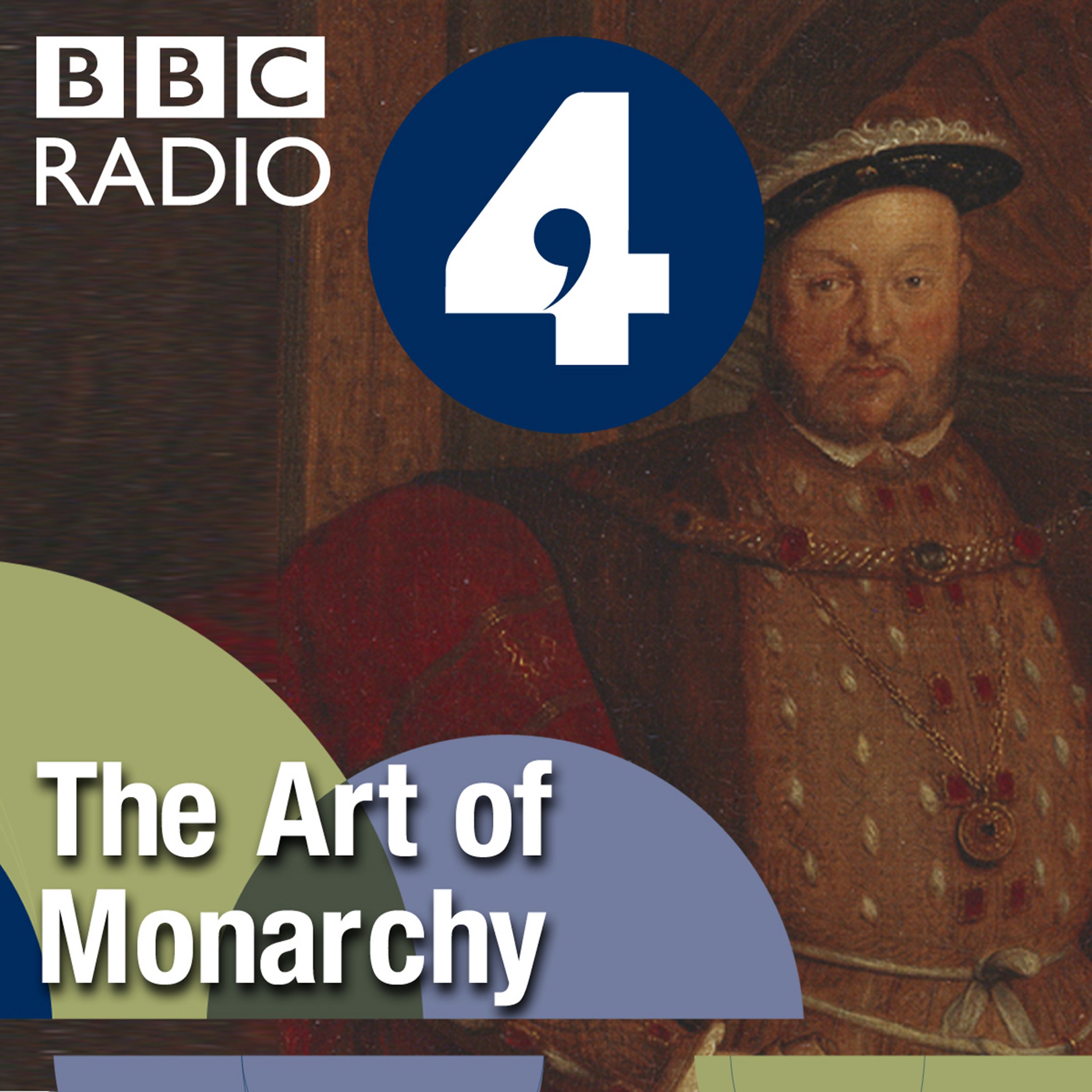- Culture
- SEE MORE
- classical
- general
- talk
- News
- Family
- Bürgerfunk
- pop
- Islam
- soul
- jazz
- Comedy
- humor
- wissenschaft
- opera
- baroque
- gesellschaft
- theater
- Local
- alternative
- electro
- rock
- rap
- lifestyle
- Music
- como
- RNE
- ballads
- greek
- Buddhism
- deportes
- christian
- Technology
- piano
- djs
- Dance
- dutch
- flamenco
- social
- hope
- christian rock
- academia
- afrique
- Business
- musique
- ελληνική-μουσική
- religion
- World radio
- Zarzuela
- travel
- World
- NFL
- media
- Art
- public
- Sports
- Gospel
- st.
- baptist
- Leisure
- Kids & Family
- musical
- club
- Health & Fitness
- True Crime
- Fiction
- children
- Society & Culture
- TV & Film
- gold
- kunst
- música
- gay
- Natural
- a
- francais
- bach
- economics
- kultur
- evangelical
- tech
- Opinion
- Government
- gaming
- College
- technik
- History
- Jesus
- Health
- movies
- radio
- services
- Church
- podcast
- Education
- international
- Transportation
- Other
- kids
- podcasts
- philadelphia
- Noticias
- love
- sport
- Salud
- film
- and
- 4chan
- Disco
- Stories
- fashion
- Arts
- interviews
- hardstyle
- entertainment
- humour
- medieval
- literature
- alma
- Cultura
- video
- TV
- Science
- en
Empire and Commonwealth

The Royal Collection is one of the most wide-ranging collections of art and artefacts in the world and provides an intriguing insight into the minds of the Monarchs who assembled it.
In this series, BBC Arts Editor Will Gompertz encounters dozens of these unique objects - some priceless, others no more than souvenirs - each shedding light on our relationship with the monarchy and giving a glimpse into the essential ingredients of a successful sovereign.
In this programme, Will looks beyond these island shores to see the Monarchy as a global force. The monarch was a symbol of imperial expansion, in the form of the British Empire, for 300 years. But Will begins with the current reign, which has seen a retreat from Empire and the development of the modern Commonwealth, exemplified in the Royal Collection by a small woven cloth made with yarn spun by Gandhi, which contains an anti-imperial message written in Hindi. Centuries ago, the Queen's predecessor and namesake, Elizabeth I, presided over the very beginning of England's experiment in empire. We see the world as she understood it, in the form of an early atlas. As he explores Britain's involvement in world affairs Will examines a shard of wood from the coffin of George Washington, a print of a merino ram which illustrates George III's impact on the Australian wool trade, and a brightly painted chess set, presented to the Duke of Edinburgh by President Mandela in 1996.
Each of these objects has its own story to tell and each reveals another aspect to the art of monarchy.
Producer: Neil George.